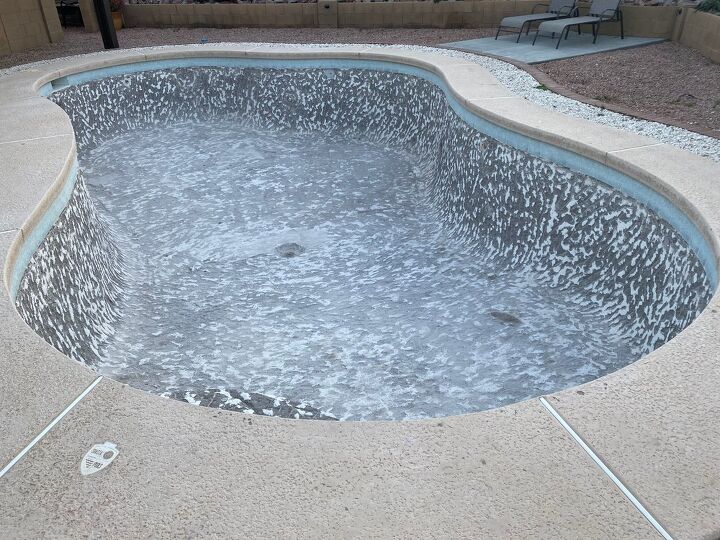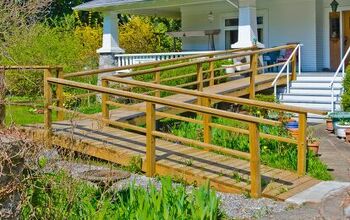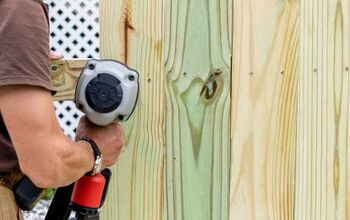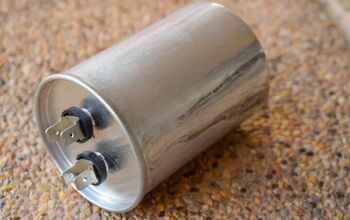Do You Need A Permit To Resurface A Private Pool? (Find Out Now!)

Is your pool filled with cracks and discolorations? Do you miss the days when your pool’s finish was smooth and beautiful? If so, it might be time to resurface your pool. But before you hire professionals or get working on the project yourself, do you need a permit?
You’ll need a permit to resurface a private pool in most locations; contact your local building department for specific regulations. Failing to get a permit and follow safety measures can lead to fines and even the demolition of your pool. While it’s possible to resurface your pool yourself, hiring professionals to do the job instead is highly recommended.
Below, learn more about what pool resurfacing is and whether a permit is always necessary for this project. We’ll also discuss what happens if you resurface your pool without a permit. Finally, we’ll cover whether you can complete this project yourself, and then we’ll go over the process step-by-step.
Do You Need a Permit Service?
Get free, zero-commitment quotes from pro contractors near you.

What Is Pool Resurfacing?
Pool resurfacing, also called pool refinishing, is a regular maintenance process. It involves the removal and replacement of the pool surface’s top layer. Resurfacing addresses issues like cracks and leaks. It restores the pool to its original high quality so that you can continue using it for years to come.
Is A Permit Needed To Resurface A Private Pool?
You will usually need a permit to resurface your pool, but regulations vary from state to state. In general, permits are typically required to install, repair, and fill private swimming pools.
Always contact your local building department before beginning the pool resurfacing process. They’ll also let you know if there are other important regulations to follow. For instance, there may be rules regarding where you can drain the pool water.
What Happens If You Resurface Your Pool Without A Permit?
The purpose of a permit is to ensure that projects are completed correctly and safely. Doing any work on a pool without a permit can result in large fines. In some cases, you may even have to demolish the pool if it was resurfaced without a permit.
Can You Resurface A Pool Yourself?
It’s possible to resurface a pool yourself, but it’s not recommended. You may want to resurface your pool on your own to save money.
But if you make a mistake, you’ll have to drain your pool and start over completely. It’s usually better to hire a professional to get the job done correctly the first time.
Plus, it will typically take a single person weeks or even longer to resurface a pool on their own. This is especially true if you don’t have experience with pool resurfacing.
If you hire a professional pool resurfacing company, they will usually send out a larger crew to complete the job. This way, the process is much shorter, and the crew is able to work together on each step.
Potential Hazards
Another thing to note is that resurfacing a pool involves the use of heavy-duty tools. It also involves potentially dangerous substances like trisodium phosphate and muriatic acid. Trisodium phosphate doesn’t produce toxic fumes, but it can irritate your skin and is moderately toxic by ingestion.
Meanwhile, muriatic acid is much more hazardous. Even momentary skin exposure can cause severe burns, and its fumes can burn the lining of your nose and lungs. If it comes into contact with your eyes, muriatic acid can cause major damage and even blindness.
What Is The Process For Pool Resurfacing?
Pool resurfacing usually takes between five and 15 days to complete. We’ve provided an overview of the step-by-step process below.
Step 1: Drain The Pool
First, a technician will drain your pool using a submersible pump. They’ll check all the pool lights to make sure they’re working properly. Then, they’ll turn off the pool and all electrical attachments.
Step 2: Remove The Old Surface Material
Next, the crew will work together to remove the old surface material by sandblasting it and stripping it away. You’ll need to move plants, pots, outdoor furniture, and other items to another location during this process. Pool surface removal produces a lot of dust, so you won’t want any of your possessions to be close by.
Step 3: Install Tile And Masonry Work
Next, the crew will install tile and complete all necessary masonry work. You’ll get to choose the tile, ledger stone, grout color, and other ornamental features. Generally, this part of the process takes a total of one to three days.
Step 4: Inspect And Seal Plumbing
After the tile is installed, it’s time for specialists to inspect and seal the plumbing pipes. At this point, they’ll clean the shell of the pool and place watertight material around the plumbing.
Step 5: Install Finish Material
Now it’s time to add the finish material to your pool’s surface. You can choose from surfaces made of plaster, quartz, exposed pebbles, and glass beads. You can also opt for a simple polished finish. This is the point in the process when you’ll see your pool’s finish really starting to come together.
Step 6: Use Acid Wash
If you choose a finish like darker quartz, hydrazzo, pebble, or beadcrete, you’ll need an acid wash for protection. After the acid wash is complete, the crew will remove debris and begin to fill up your pool.
Step 7: Provide Initial Water Treatment
The final step in the resurfacing process is water treatment. This is essential for the new surface to cure evenly so that your pool’s beauty is maintained long-term.
Do You Need a Permit Service?
Get free, zero-commitment quotes from pro contractors near you.

Related Questions
Is resurfacing a pool expensive?
On average, resurfacing a pool costs about $6500. It can range from a starting point of $1000 all the way up to $100,000. These figures include both materials and labor.
Does resurfacing a pool fix leaks?
Resurfacing addresses issues with cracks and wearing, so it should fix any problems you have with leakage.
What is involved in resurfacing a pool?
The process of resurfacing a pool begins with preparing the pool for a new surface coat. This consists of hydro-blasting and sandblasting followed by bond coating. Next, the polished finish or finished coat is applied.

With a lifelong passion for writing plus strong enthusiasm for home improvement and DIY projects, joining the team at Upgraded Home was an easy choice. Jessica Allen likes to share helpful information with current and aspiring homeowners. Aside from writing, Jessica loves doing yoga, playing the piano, and dabbling in graphic design.
More by Jessica Allen



























